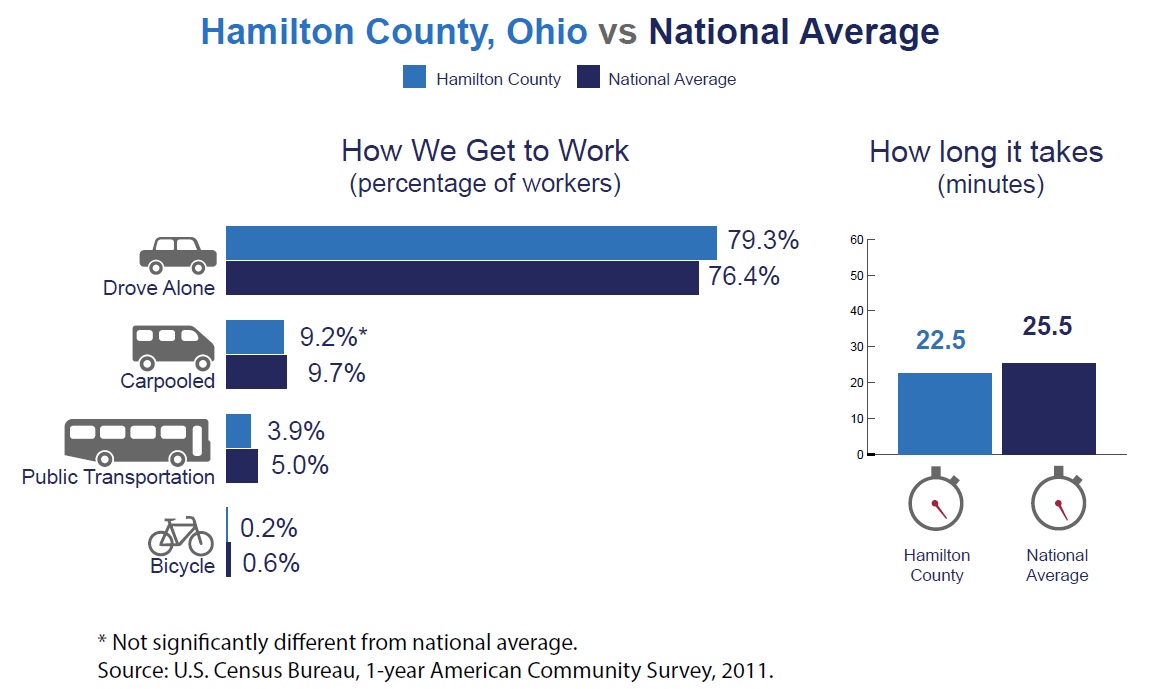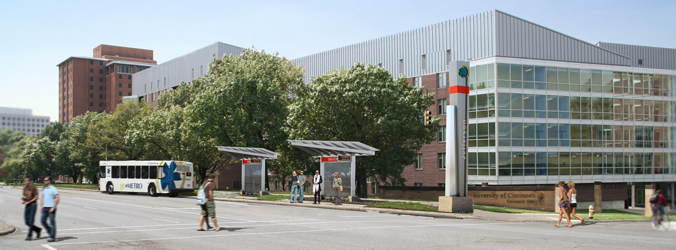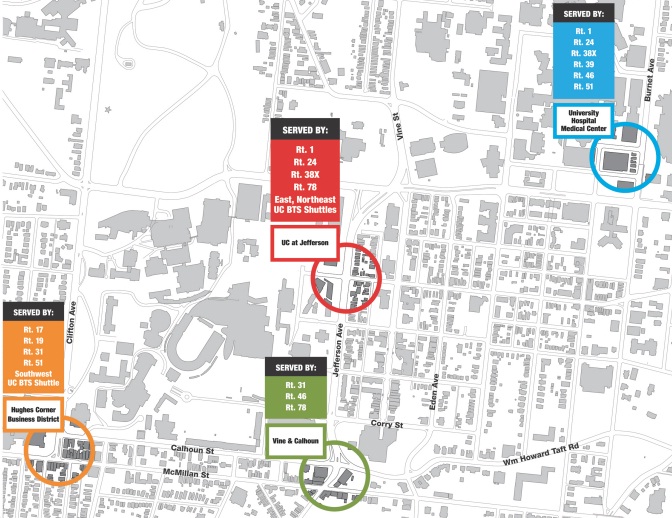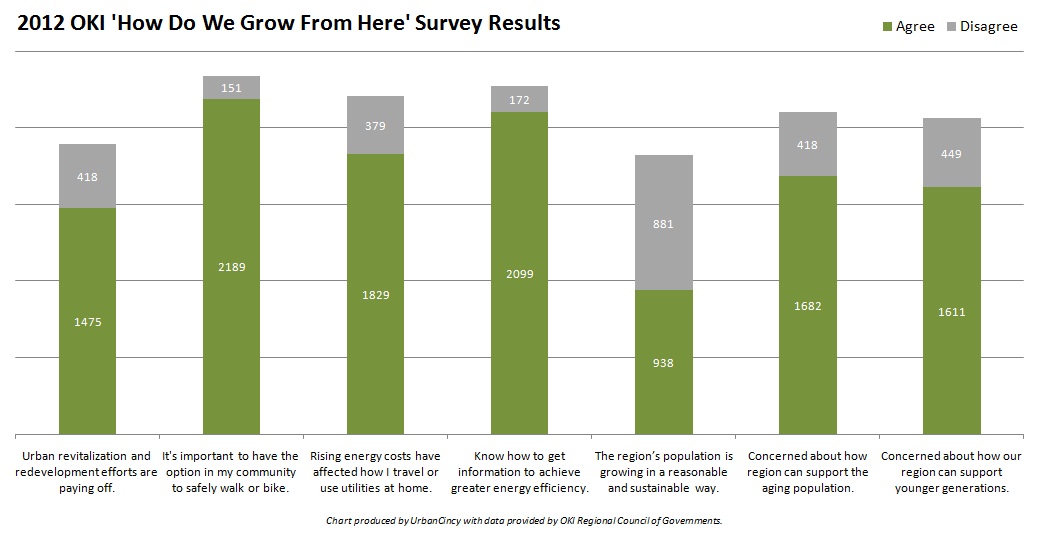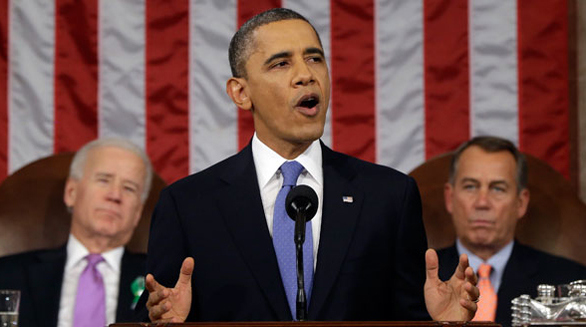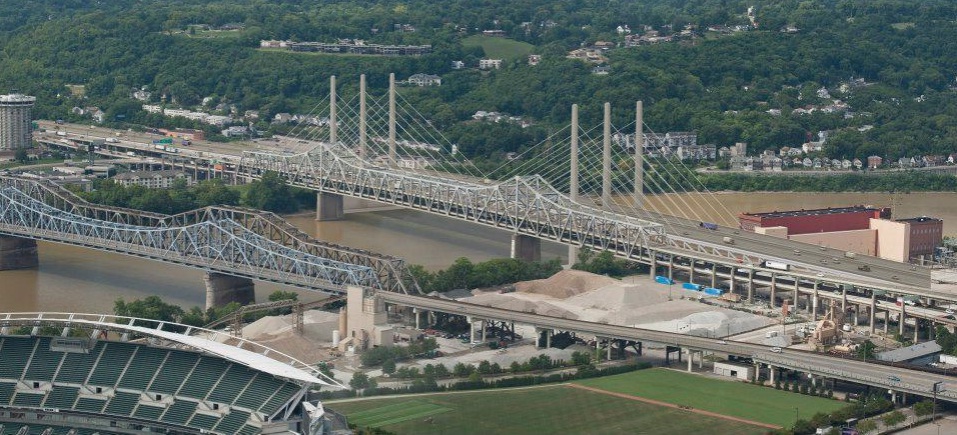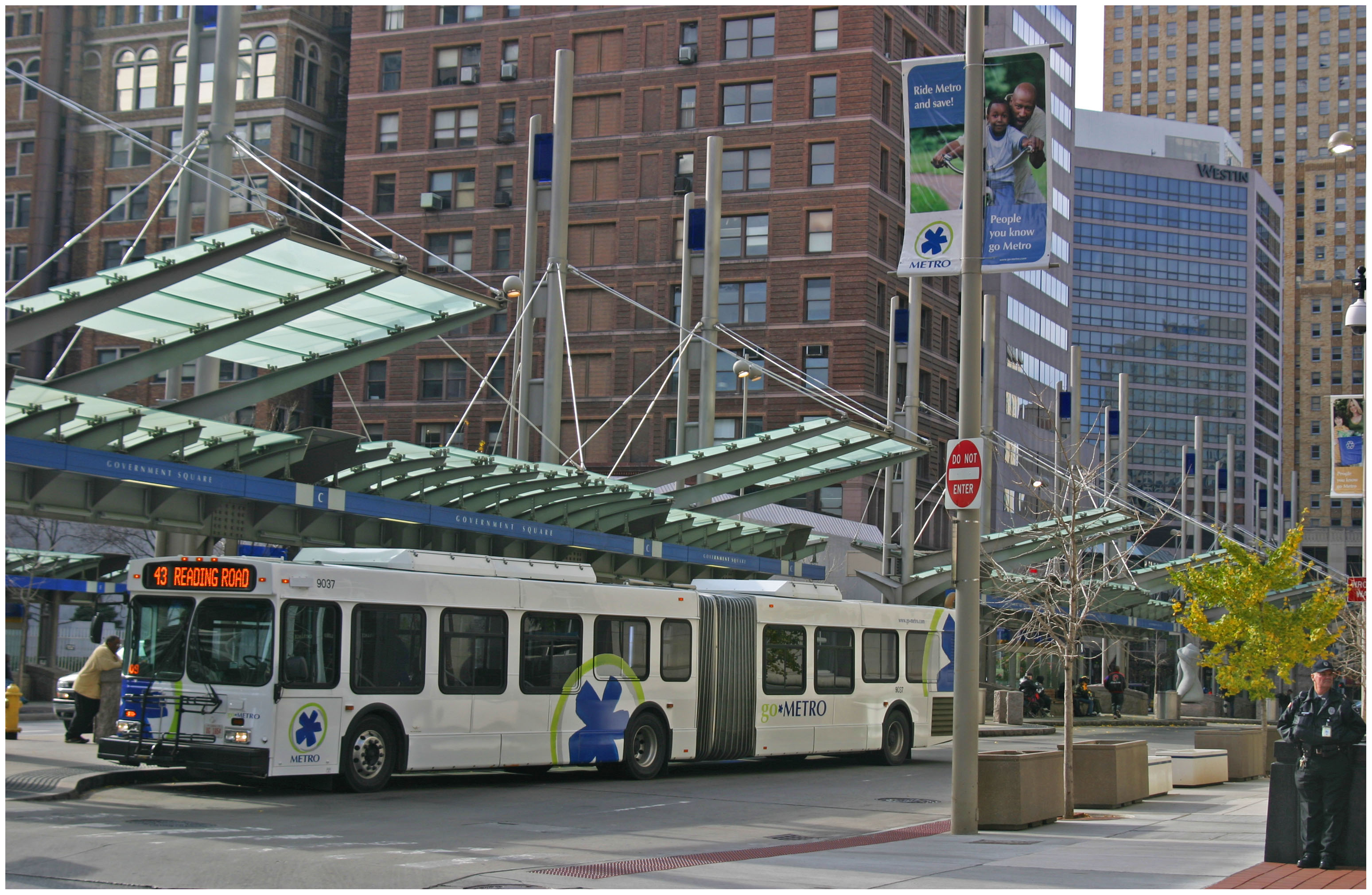The Cincinnati region scores better in several metrics that most American cities with regards to commuting patterns.
That is according to new study released by the U.S. Census Bureau, Out-of-State & Long Commutes, which shows that Cincinnatians spend three fewer minutes commuting each way when compared to the average American. The study also finds that only 2.9% of Cincinnatians spend more than 60 minutes one-way during their commute, as compared to the 8.1% national average.
The central concentration of jobs and economic power in the Cincinnati region also impacts the distribution of these travel times, with close-in neighborhoods boasting lower commute times and far-flung neighborhoods with the highest.
“It is well known that Hamilton County draws a lot of commuters to work,” said Brian McKenzie, a Census Bureau statistician who studies commuting.
The draw of Hamilton County is strong. According to the Bureau, more than 188,000 people commute to and from Hamilton County each day, placing it at the top end of the spectrum in the U.S. Within Hamilton County, however, the East Side has it better off with lower average commute times, by about five minutes, as compared to the West Side.
The study also found that a mere 3.9% of Hamilton County commuters used public transportation in 2011. The rate of public transportation use is slightly lower than the national 5% average, and also does not take into account recent ridership increases that have outpaced national gains.
“The average travel time for workers who commute by public transportation is higher than that of workers who use other modes,” McKenzie continued. “For some workers, using transit is a necessity, but others simply choose a longer travel time over sitting in traffic.”
Due to the lack of a comprehensive regional transit system, approximately 79.3% of Cincinnatians are stuck behind the wheel of a car by themselves, and another 9.2% are carpooling to work each day.
The data for the study came from the American Community Survey (ACS), which collects information on education, occupation, language, ancestry, housing costs and transportation. The ACS has been ongoing in some form since 1850, approximately 60 years after the nation’s first decennial census, and is currently in jeopardy of losing its funding.
“This information shapes our understanding of the boundaries of local and regional economies, as people and goods move across the nation’s transportation networks,” McKenzie concluded.
